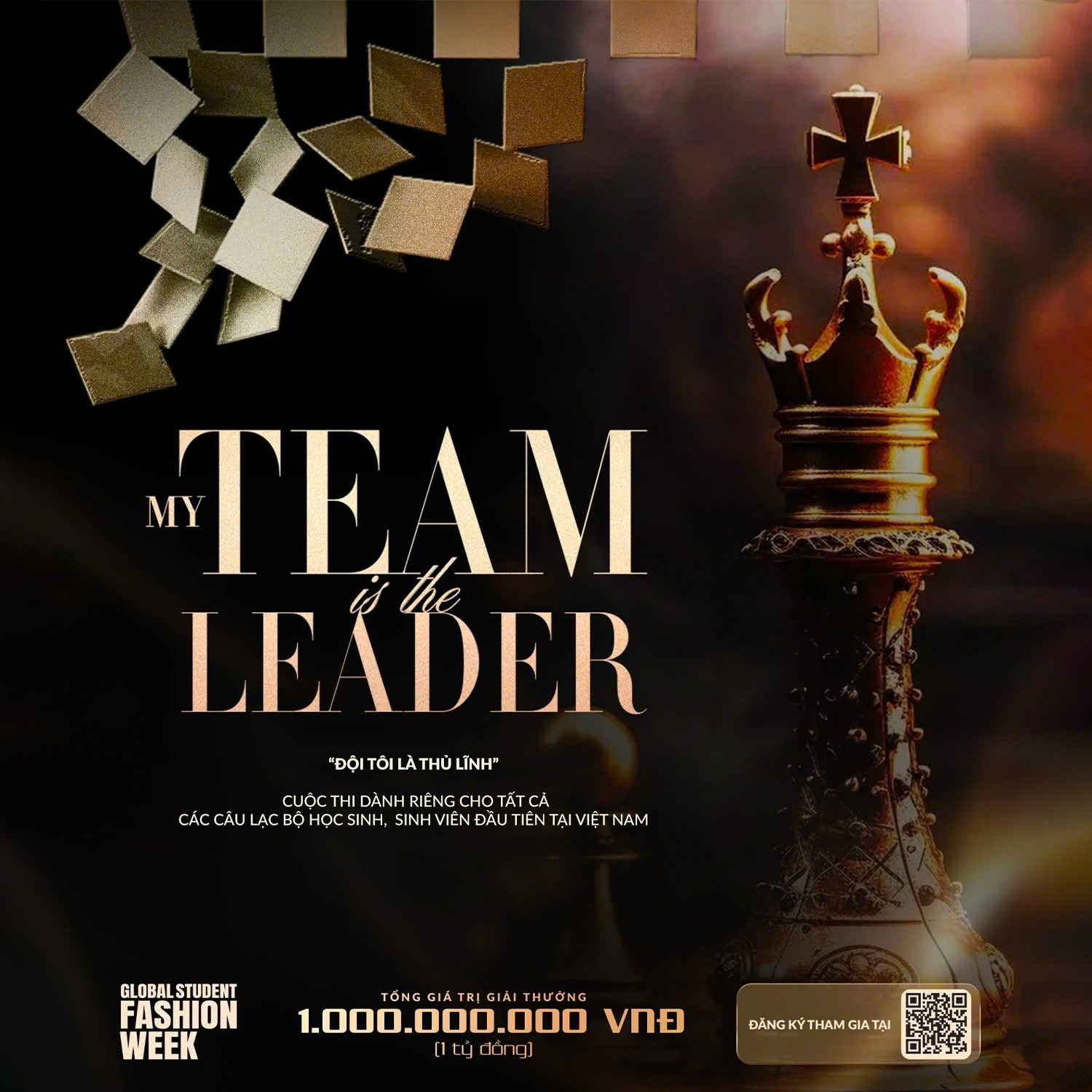We’ve all had the experience. We’re reading along and suddenly realize that although our eyes are scanning the words on the page, nothing is actually registering. Minutes pass before we take our bearings and see that we’ve lost the plot entirely—pun intended.
In classrooms, students tend to experience this drift in attention while reading texts that are challenging or highly technical—the sorts of jargon-rich passages middle schoolers and high schoolers might encounter in science, math, or history. In many ways, the mind-wandering itself is unavoidable: Not everything we put in front of students will captivate them.
In a 2024 study of “mindless reading,” researchers from the University of Würzburg tracked the reading speed and attention of undergrads poring over a complex science text. At multiple points during the exercise, prompts appeared asking students “Was your mind wandering when you read the last sentence?” Students confirmed multiple instances of loss of attention.
Researchers found that changes in reading speed, lingering on the same passage for long periods, and skipping words were signals that students were struggling to remain focused or to understand the material, and also predicted poorer performance on subsequent tests—findings that align with a 2016 study that used eye-tracking software to identify reading behaviors associated with distraction.
But these hurdles aren’t insurmountable.
The University of Würzburg researchers also concluded that when students were explicitly trained to recognize when they lost track of sentence-level information or got stuck on passages—and were taught metacognitive strategies to “plan, monitor, and regulate their reading”—they were able to successfully re-route their attention.
To convince students of the importance of effective comprehension strategies—re-reading, annotation, or stopping to look-up unknown words, for example—it’s important to explain the long-term benefits of persisting through complex texts, literacy expert Timothy Shanahan told Edutopia in a 2023 interview.

Learning how to make sense of a technical science text, for example, may come in handy if students decide to work in HVAC or simply want to understand the effects of prescribed medicine. The skills they use to make sense of a history text may help in future legal careers, or to understand complicated tax or mortgage documents. Try to make it clear, Shanahan says, that when we teach students how to push through difficult texts, “what we’re really doing is showing them how to gain access to all of these different sites of power in our society.”
- Remind Students That the Going May Be Tough: While it would be wonderful for students to always breeze through readings, that’s not always possible or even desirable. Some topics are inherently difficult.
When tackling complex material, remind students that they should be prepared to track their reading process and effectively evaluate “whether they are understanding the material or if they need to adjust their reading strategies, reread previous text sections, or seek additional information,” the University of Würzburg researchers say.
- Enhance Background Knowledge: Before jumping into a new text, provide students with related materials or ask them to research to build familiarity with the subject matter. Doing so can activate their existing background knowledge, and provide them with grounding to better understand complex, information-rich texts.
Before assigning difficult readings related to World War II, for example, high school social studies teacher Tim Smyth sets up classroom stations filled with comics, photo collections, poetry, introductory videos, or news articles related to the Holocaust, leading women, key battles, and more. As students bounce around each station they create multiple entry points to the topic, take notes, and prime themselves for their future readings by answering reflection questions such as, “What are three questions you have/want to know more about?”
While reading their assigned texts, Smyth says students use their background knowledge to make “powerful connections” between the new content and the previous content they’ve explored, making it more likely they will retain information and “see the bigger picture.”
You can also expose students to news segments, podcasts, interviews, or video clips related to the topic they’re about to read about—or ask them to spend time doing their own research and drawing up a list of questions they’d like to explore.
- Come Prepared for New Vocabulary: When students are unfamiliar with more than 59 percent of key terms related to a topic they are reading about, their ability to understand a text related to that topic is severely “compromised,” a 2019 study found—suggesting there is a baseline of knowledge of vocabulary that students need to ensure comprehension.
In American Educator, Jeanne Wanzek, a professor of special education at Vanderbilt University, writes that before students read a complex text, teachers can focus on a handful of essential key words and provide targeted instruction that goes beyond simple definitions. Start with a “student-friendly definition,” followed by a visual—perhaps a photo or illustration—to help students commit it to memory, Wanzek says. Discussing examples of how the word might be used, or having students discuss examples in pairs, can also help create some important scaffolding before they read.
Teachers can’t always scaffold the work in real time. For that reason, Shanahan says that it’s useful to teach students strategies to make sense of unfamiliar words as they encounter them. These include keeping a dictionary handy to look up definitions, rereading sections where the word appears and using context clues to determine its meaning, or simply trying their best to infer meaning while not allowing their lack of understanding to derail their reading. “Sometimes readers just need to power through, making sense of as much of a text as possible, accepting that they aren’t getting it all since they don’t know all the words,” Shanahan says.
- Use Multiple Re-Reading Strategies: An effective and frequently used method to find your footing when you’re having trouble getting through a text or accurately understanding a passage is to stop and re-read previous sections—or even read-ahead a bit to get a better sense of where the text is leading to.
Researchers from the University of Würzburg write that rereading is a useful “comprehension monitoring” skill, and having it as a tool in their arsenal can help students “constantly evaluate their understanding of the text and apply repair strategies to resolve comprehension problems as they arise.”
Educator Nina Parrish writes that to help students effectively reread and regain their footing in a text, ask them to scan back up a page to help “clarify or answer questions” they may have developed after losing focus.
Modeling what this looks like for students is crucial, too. Read a dense passage of a text and describe your process for making sense of it out loud—whether that is reading back over a sentence or passage, stopping to read from the very beginning again, or referring to clues in previous or future sections.
5 Read Out Loud, Too: Asking students to read aloud for a few passages or pages when they’re lost in a text can be a useful strategy to refocus, writes educator Paul Holt for E-Student.
Reading out loud engages your eyes and ears, which creates “two distinct memory traces: one related to visual processing and the other to auditory processing” and can reinforce comprehension and retention. “If one memory trace weakens, the other serves as a backup, ensuring knowledge retention,” Holt writes.
Speaking words out loud also tends to increase attention, Holt says. After all, it’s harder to wander when you’re actively pronouncing words and interacting with a text, instead of passively reading it to yourself. Asking students to periodically read out loud, particularly when they notice their comprehension waning or their silent reading speed becoming too slow or too fast, can also help them re-adjust their reading to a more natural speed, making it more likely that they absorb the meaning of each sentence.
- Annotate to Stay Mentally Alert: Help students stay focused while reading—and keep track of their comprehension—by teaching them effective annotation strategies, writes UCLA graduate school of education instructor Rebecca Alber.
Alber suggests coaching students on the importance of reading with a purpose—to discover an author’s intent, to analyze the use of literary devices, to predict, contextualize, critique, summarize, and more—and how marking up a text in the margins can help them keep track of insights and key questions.
Annotation practices worth modeling include numbering paragraphs to keep track of evidence, circling key words, phrases, or dates, and underlining an “author’s claims and important information connected to those claims,” Alber says.
- Finish Reading With ‘Self-Explanation’: Note-taking is a popular strategy students often use when reading challenging texts, but according to a 2018 study, they often fail to optimize the practice by boiling down concepts and ideas into their own words, rather than copying them down verbatim.
Research shows it’s more effective to coach students to paraphrase important ideas and points they come across in a reading on their own, from memory. Doing so can help them engage “more meaningfully” with readings, and highlight gaps that could be addressed by going back to key passages they might have misunderstood or not paid enough attention to.
Try asking students to keep a notebook handy while reading, and using it to reflect on what they’ve just read in a few sentences, bullet points, or even drawings.
8.Put It All Together: Finally, it’s a good idea to explain to students that truly understanding a complicated text will probably require a combination of many of these strategies in a coordinated way, such as reading it once, re-reading particularly difficult sections, annotating, and boiling down the most salient points into their own words. This recipe, while certainly more time consuming than simply trying to power through a hard text and remembering what you can, will result in far greater comprehension and knowledge retention.
Cre: Andrew Boryga
Source: https://www.edutopia.org/article/helping-students-read-complex-texts




